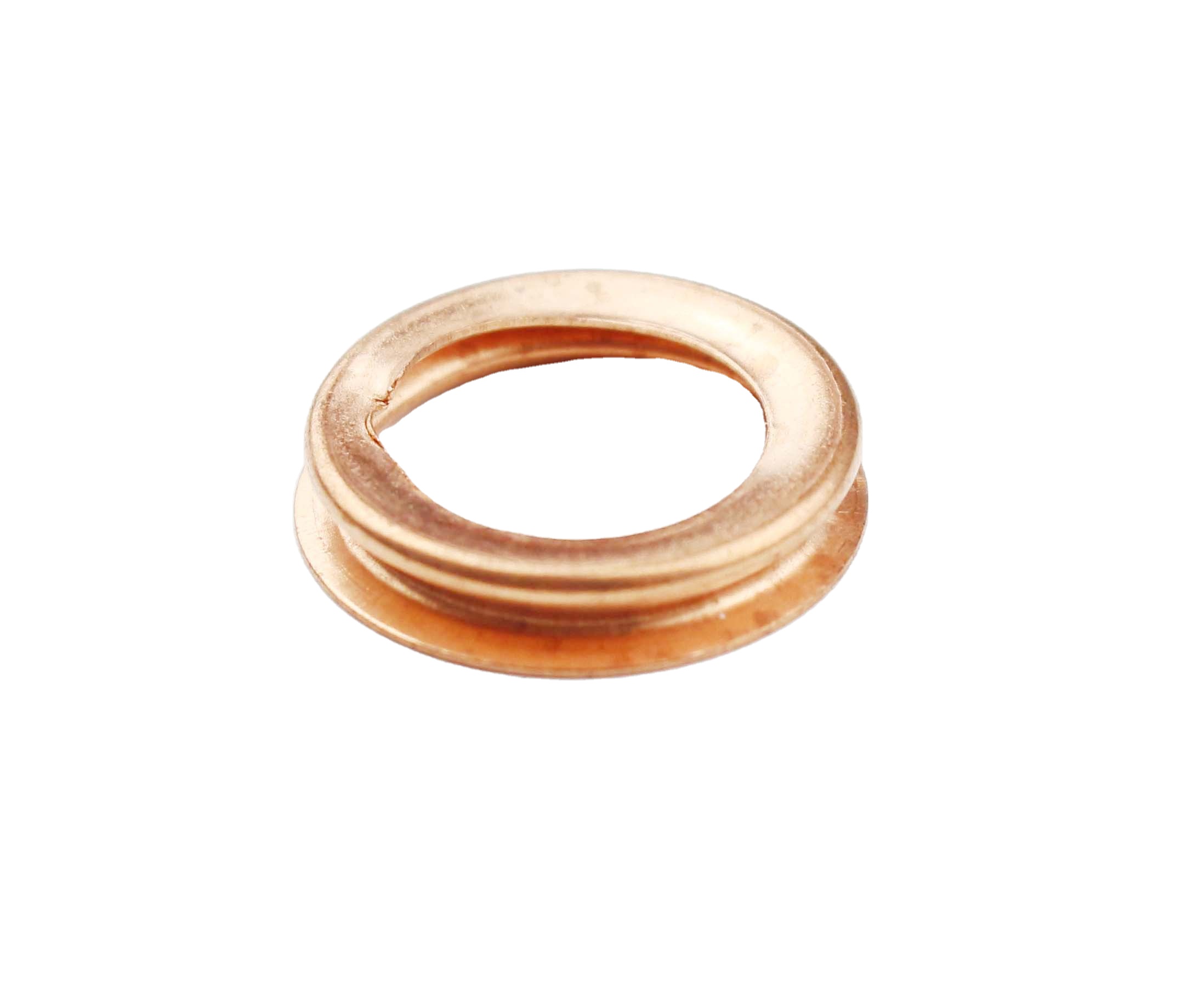Dexter Axle Seal Replacement Guide for Optimal Performance and Longevity
A Comprehensive Guide to Replacing Dexter Axle Seals
When it comes to maintaining the integrity of your trailer or recreational vehicle, ensuring that the axle seals are in good condition is crucial. Over time, these seals can wear out, leading to leaks that can compromise the overall functionality of your axle system. This article will guide you through the process of replacing Dexter axle seals, highlighting the tools needed, steps to follow, and tips for success.
Understanding Dexter Axle Seals
Dexter Axles are widely regarded for their durability and efficiency in the towing industry. However, like any mechanical component, they are subject to wear and tear. The axle seals are designed to keep grease or oil contained within the axle, preventing leaks and protecting the internal components from contaminants. If you notice signs of leakage, it’s crucial to address the issue promptly to avoid further damage to your axle assembly.
Tools and Materials Required
Before you begin, gather the necessary tools and materials
1. Basic Tools Wrenches, socket set, and screwdrivers. 2. Seal Puller This tool helps extract the old seal without damaging the axle. 3. Grease or Oil To lubricate the new seal. 4. Replacement Seals Ensure you purchase the correct Dexter axle seals compatible with your axle model. 5. Safety Gear Gloves and safety glasses for protection.
Step-by-Step Process
1. Preparation Begin by parking your trailer or RV on a level surface. Engage the parking brake and wheel chocks for safety. Gather all your tools and materials.
2. Remove the Wheel Use a jack to lift the trailer and secure it with jack stands. Remove the wheel by loosening the lug nuts with a wrench.
dexter axle seal replacement

3. Access the Axle Once the wheel is off, remove the brake drum (if applicable) or any cover that protects the axle. This may involve unscrewing bolts or using a puller depending on your setup.
4. Inspect and Remove the Old Seal Examine the axle for any visible damage. Use the seal puller to extract the old seal carefully. Be cautious not to scratch or damage the axle surface.
5. Clean the Area Thoroughly clean the area around the axle where the new seal will be installed. This ensures a proper seal and prevents contaminants from entering.
6. Install the New Seal Apply a thin layer of grease or oil around the new seal to facilitate installation. Carefully position the new seal in place. Use a seal driver or a block of wood to tap it in evenly, ensuring it sits flush against the axle.
7. Reassemble the Components Once the new seal is securely in place, reattach the brake drum, wheel, and any other components you removed. Ensure all bolts and nuts are tightened to the manufacturer’s specifications.
8. Test the Seals Before putting your trailer back into service, check for any signs of leakage around the new seals. It’s essential to verify that everything is functioning as intended.
Final Thoughts
Replacing Dexter axle seals is a manageable task for those who are willing to put in the time and effort. By regularly inspecting your axle seals and addressing wear and tear promptly, you can enhance the longevity of your axle system and ensure safe towing conditions.
Regular maintenance not only saves you money in the long run but also gives you peace of mind when hitting the road. With the right tools and a systematic approach, you can successfully replace your Dexter axle seals and keep your trailer or RV in top condition. Happy towing!
-
Understanding Cassette Seals: The Advanced Solution for Sealing Performance
News Jun.17,2025
-
The Vital Role of Front and Rear Crankshaft Seals in Engine Health
News Jun.17,2025
-
The Ultimate Guide to Heavy Duty Seals: Durability for Every Application
News Jun.17,2025
-
Mastering Engine Protection: Understanding the Role of the Crankshaft Oil Seal
News Jun.17,2025
-
Engine Leak Prevention: The Importance of the Crankshaft Front Oil Seal and Gasket Components
News Jun.17,2025
-
Choosing the Right Oil Seal: Comparing TTO Seals, CFW Oil Seal, Stefa Seals, and More
News Jun.17,2025
-
Understanding the Importance of the Crankshaft Oil Seal in Engine Performance
News Jun.16,2025
Products categories















